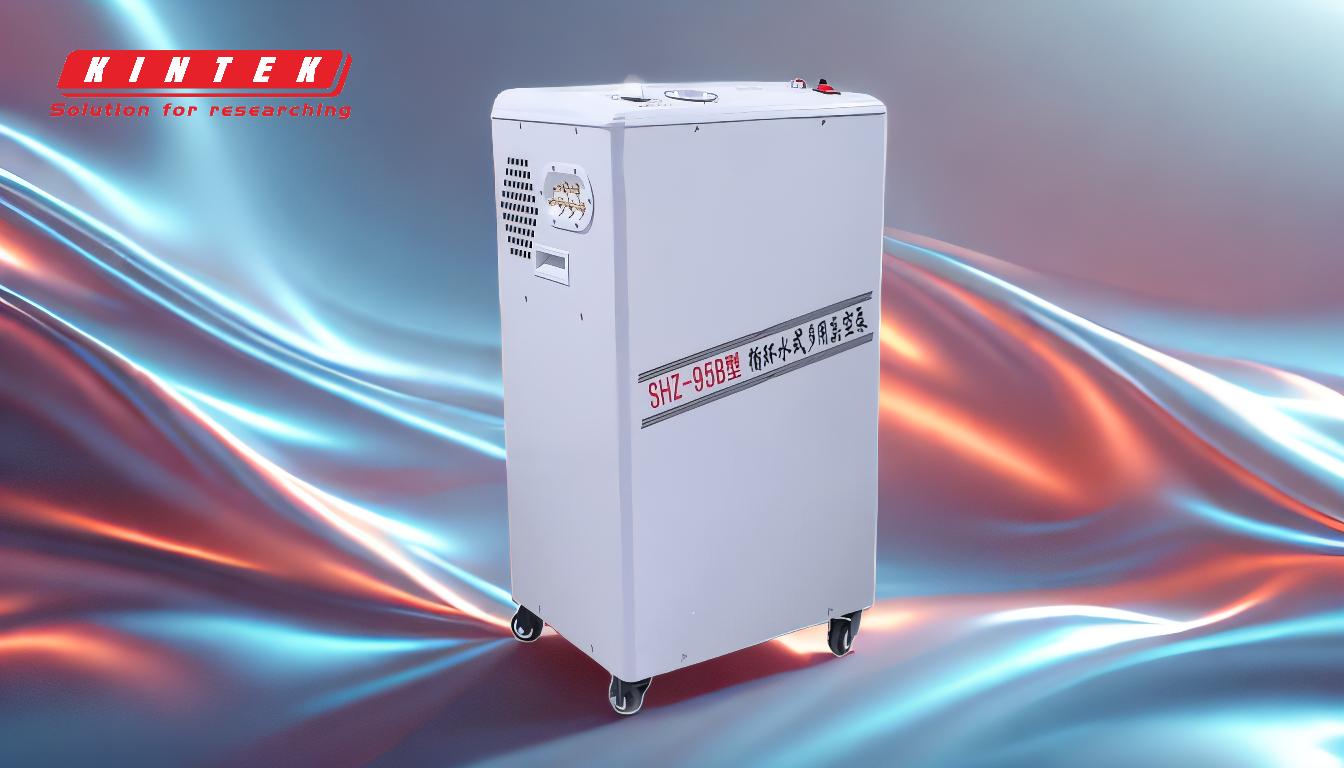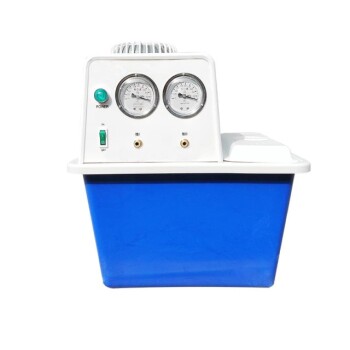Centrifugation is a technique used to separate substances based on their density, size, and shape by applying centrifugal force. It is widely used in laboratories and industries to separate mixtures into their individual components. The substances that can be separated by centrifugation include cells, organelles, proteins, nucleic acids, and other biomolecules, as well as non-biological particles like colloids, emulsions, and suspensions. The effectiveness of separation depends on the density differences between the components, the speed of centrifugation, and the type of centrifuge used.
Key Points Explained:

-
Separation of Biological Components:
- Cells and Organelles: Centrifugation is commonly used to separate cells from a liquid medium (e.g., blood cells from plasma) or to isolate organelles like mitochondria, nuclei, and ribosomes from cell lysates. Differential centrifugation, which uses varying speeds, is often employed for this purpose.
- Proteins and Nucleic Acids: Ultracentrifugation, which operates at very high speeds, can separate proteins, DNA, and RNA based on their molecular weights and densities. For example, density gradient centrifugation is used to isolate specific nucleic acids or proteins from a mixture.
-
Separation of Non-Biological Particles:
- Colloids and Emulsions: Centrifugation can separate colloidal particles or emulsified droplets from a continuous phase. For instance, it is used in the dairy industry to separate cream from milk.
- Suspensions: Solid particles suspended in a liquid can be separated by centrifugation, such as separating sediment from water or isolating precipitates in chemical reactions.
-
Density Gradient Centrifugation:
- This advanced technique involves layering a sample on top of a density gradient medium (e.g., sucrose or cesium chloride). During centrifugation, particles migrate to their equilibrium positions based on their densities. It is particularly useful for separating macromolecules like DNA, RNA, and proteins with similar sizes but different densities.
-
Factors Affecting Separation:
- Density Differences: The greater the density difference between components, the easier it is to separate them.
- Centrifugal Force: Higher speeds generate greater centrifugal force, enabling the separation of smaller or less dense particles.
- Rotor Type and Tube Design: The choice of rotor (fixed-angle, swinging-bucket, etc.) and tube design can influence the efficiency of separation.
-
Applications in Various Fields:
- Medical and Clinical: Centrifugation is used to separate blood components for diagnostic tests, such as isolating serum or plasma.
- Biotechnology: It is essential for purifying proteins, nucleic acids, and other biomolecules for research and industrial applications.
- Industrial: Centrifugation is used in wastewater treatment, oil refining, and food processing to separate solids from liquids or to clarify liquids.
In summary, centrifugation is a versatile and powerful technique for separating a wide range of substances, from biological molecules to industrial particles, based on their physical properties. The choice of centrifugation method and parameters depends on the specific application and the nature of the components to be separated.
Summary Table:
| Category | Examples |
|---|---|
| Biological Components | Cells, organelles (mitochondria, nuclei), proteins, DNA, RNA |
| Non-Biological Particles | Colloids, emulsions, suspensions (e.g., cream from milk, sediment from water) |
| Techniques | Differential centrifugation, ultracentrifugation, density gradient centrifugation |
| Applications | Medical diagnostics, biotechnology, wastewater treatment, food processing |
Need help choosing the right centrifuge for your application? Contact our experts today!


